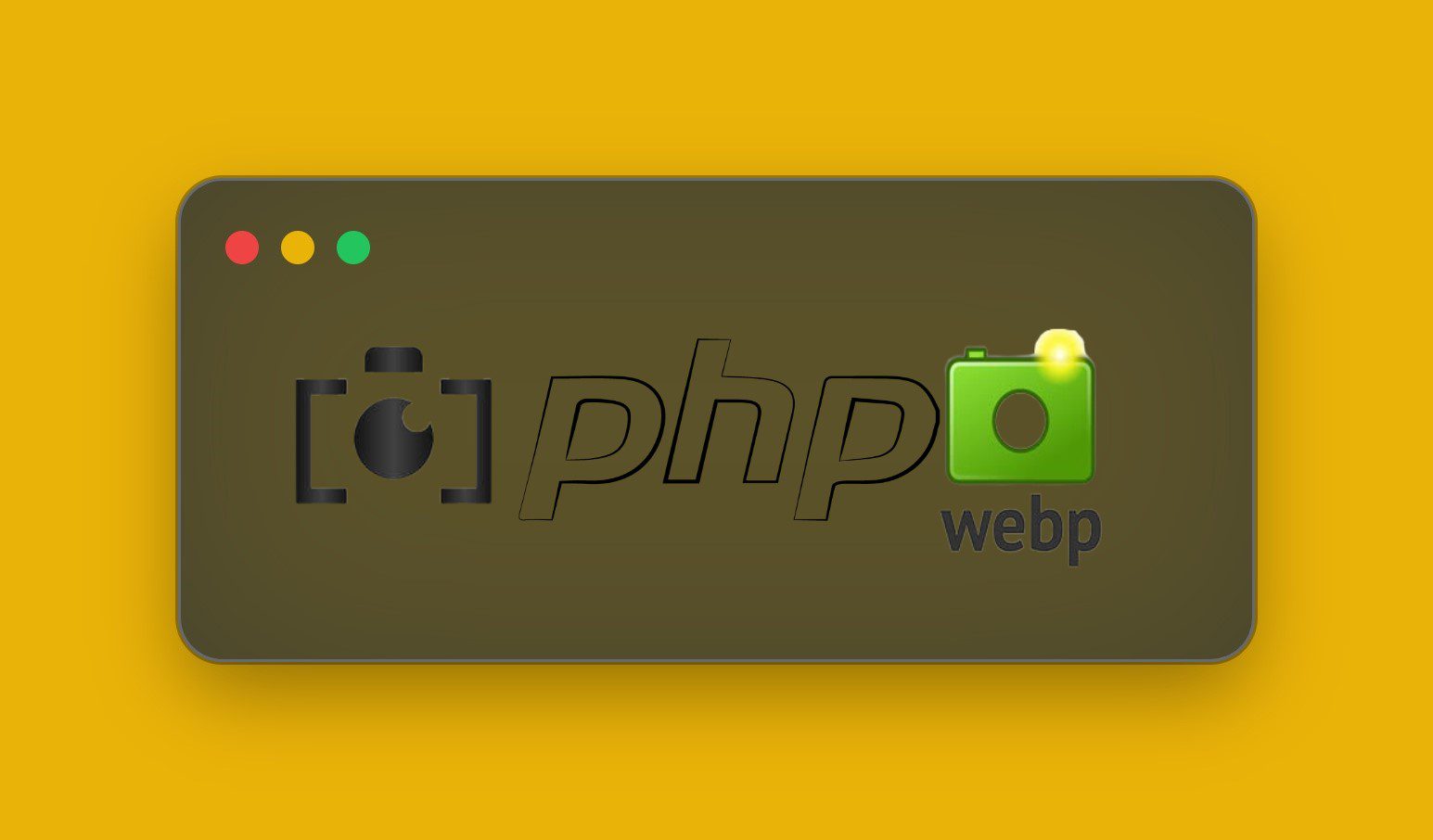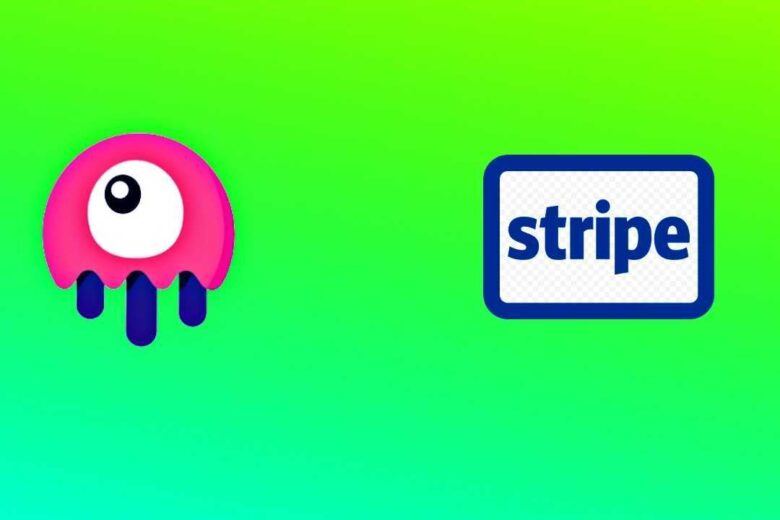When we talk about a SERVER, it’s like the brain behind a website or an app. It stores all the information and processes requests from users. But sometimes, managing servers can be a bit tricky and costly.
That’s where SERVERLESS comes in. It’s like having a magical helper that takes care of all the server stuff for us, so we can focus on building our awesome websites and apps without worrying about the technical nitty-gritty. In this post we have covered all the aspects of Serveless function in Laravel 11 with code examples for each scenario. Please make sure to read the post to the very end. Please do check this detailed post on Laravel 11 usecases for 2024-2025.
Now, Laravel is a popular framework for building web applications. It’s like a set of tools and rules that help developers create websites faster and easier. And when we combine Laravel 11 with serverless technology, it’s like a match made in coding heaven!
So, how does it work? Well, instead of having a traditional server running all the time, serverless Laravel 11 apps use a service like AWS Lambda or Google Cloud Functions. These services only run our code when it’s needed, which can save us a lot of money because we only pay for what we use.
Now, let’s get to the fun part – the code! In a serverless Laravel 11 application, we write our code just like we normally would, using Laravel’s awesome features. But when it comes time to deploy our app, instead of setting up a whole server, we package our code into small, independent functions.
These functions can do things like handle user requests, process data, or send emails. And whenever someone interacts with our app, these functions spring into action, doing their thing in the blink of an eye.
Here’s a simple example. Let’s say we have a function called handleRequest() that handles user login requests. When someone tries to log in, this function gets triggered, checks if the username and password are correct, and then logs the user in if everything checks out.
// This is a simplified example of a serverless function in Laravel 11
function handleRequest($request) {
$username = $request->input('username');
$password = $request->input('password');
// Check if username and password are correct
if ($username === 'admin' && $password === 'password') {
return 'Login successful!';
} else {
return 'Invalid username or password';
}
}
Now let’s see some more code examples for using Laravel 11 serverless applications and see the code examples. So, imagine we’re building a simple blog application where users can create and view posts. We’ll use serverless functions to handle different tasks, like creating new posts or fetching existing ones.
First, let’s create a function to handle the creation of new blog posts. This function will take the post data as input, save it to the database, and return a success message.
function createPost($request) {
$title = $request->input('title');
$content = $request->input('content');
// Save the new post to the database
$post = new Post();
$post->title = $title;
$post->content = $content;
$post->save();
return 'Post created successfully!';
}
Next, let’s create a function to fetch all the posts from the database and return them as JSON. This function will be triggered when a user wants to view all the posts on the blog.
function getPosts() {
// Fetch all posts from the database
$posts = Post::all();
// Convert the posts to JSON and return them
return response()->json($posts);
}
Now, let’s imagine we want to allow users to leave comments on blog posts. We can create a function to handle adding new comments to a post. This function will take the post ID and comment data as input, save the comment to the database, and return a success message.
function addComment($postId, $request) {
$content = $request->input('content');
// Find the post by ID
$post = Post::find($postId);
// Create a new comment for the post
$comment = new Comment();
$comment->post_id = $postId;
$comment->content = $content;
$comment->save();
return 'Comment added successfully!';
}
See how simple and clean that code is? And the best part is, we don’t have to worry about managing servers or scaling our app – the serverless platform takes care of all that for us. These are just a few examples of how we can use serverless functions in a Laravel application. With serverless technology, we can focus on writing clean, concise code without worrying about managing servers or infrastructure.
So, we just wanted to show you that serverless Laravel 11 applications combine the power of Laravel with the simplicity and cost-effectiveness of serverless technology, allowing us to build awesome websites and apps without breaking the bank or pulling our hair out over server management. How cool is that?















